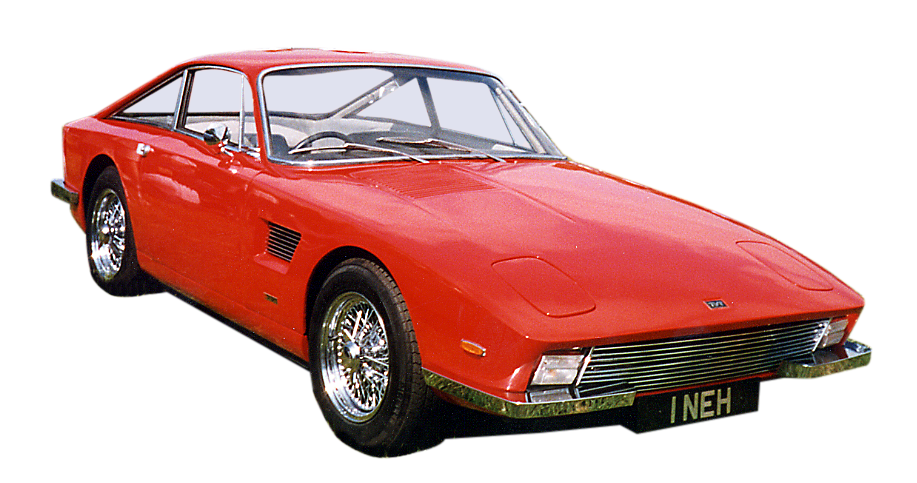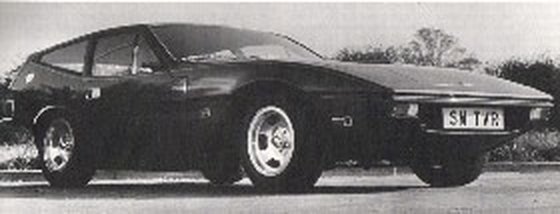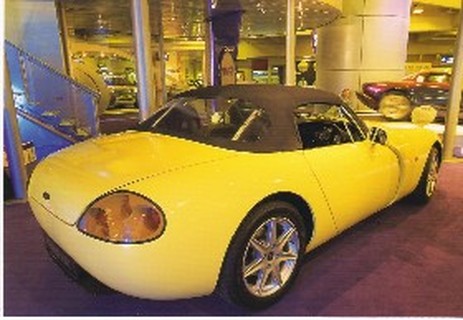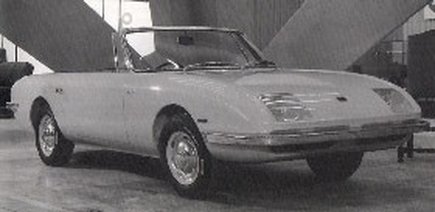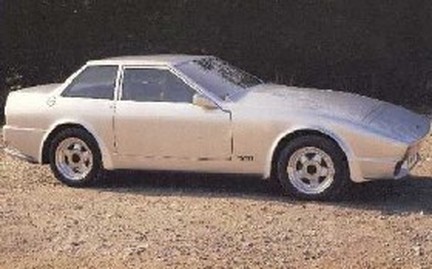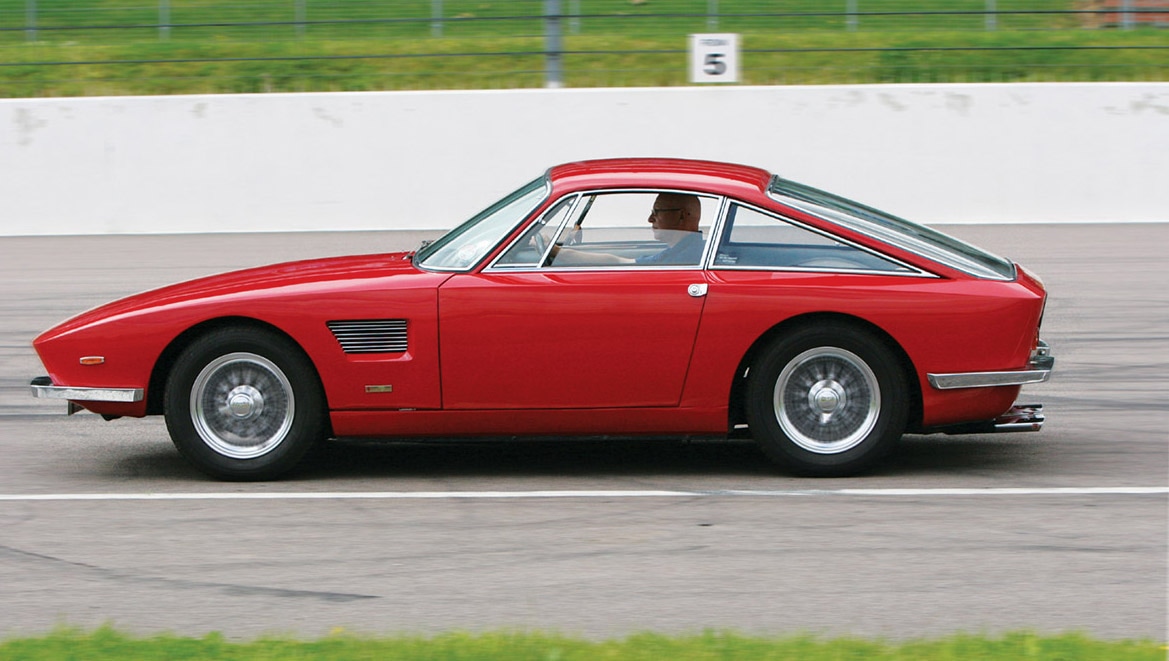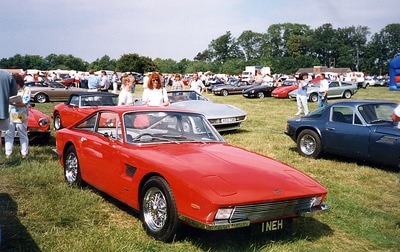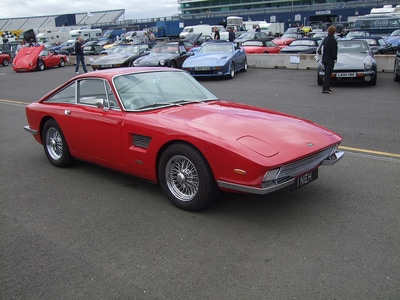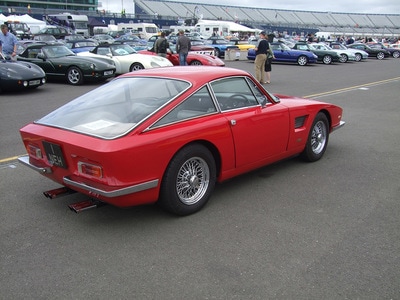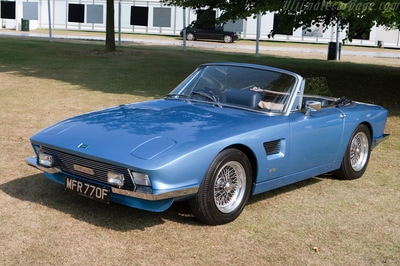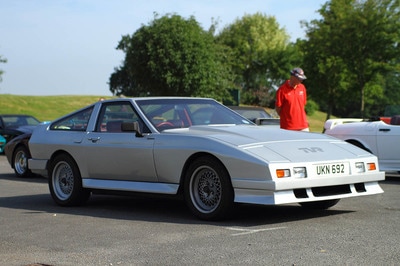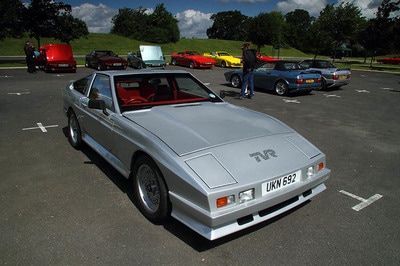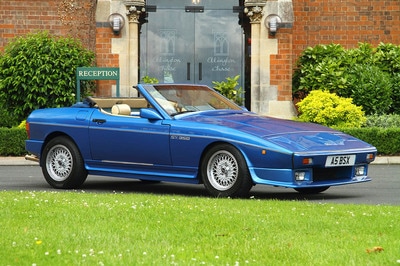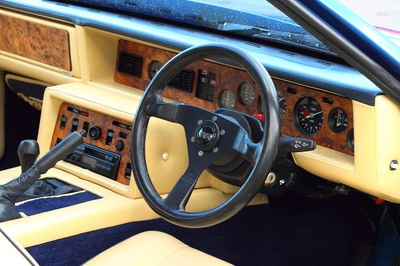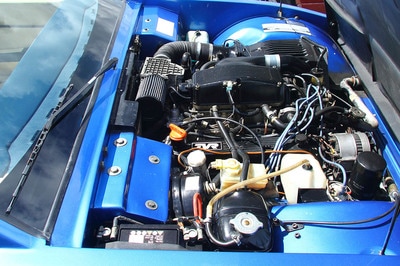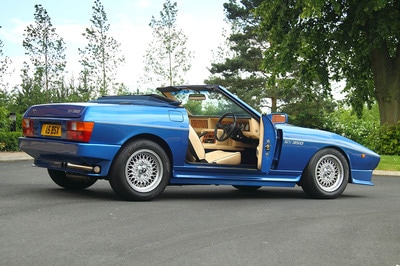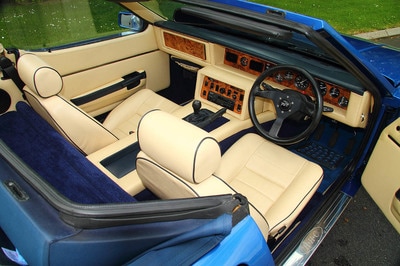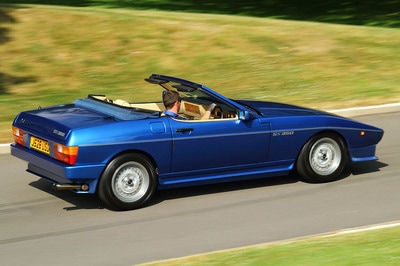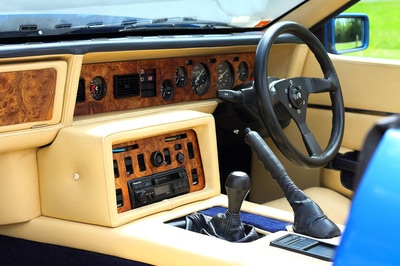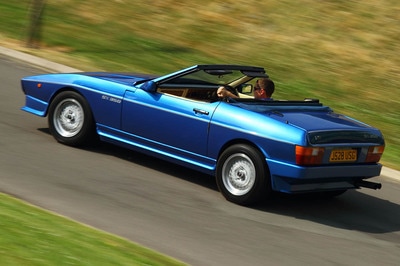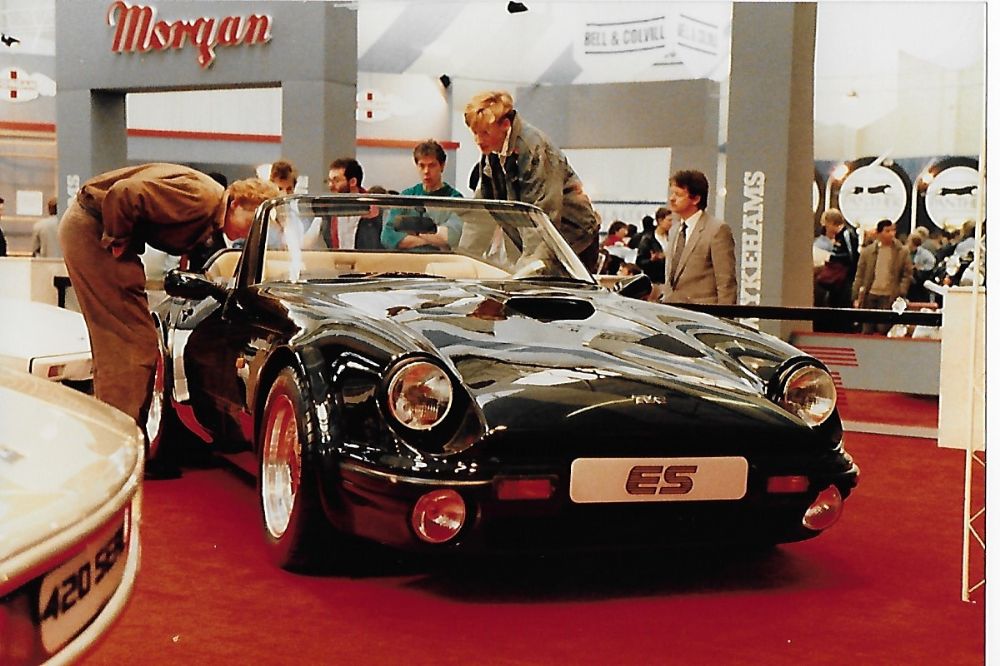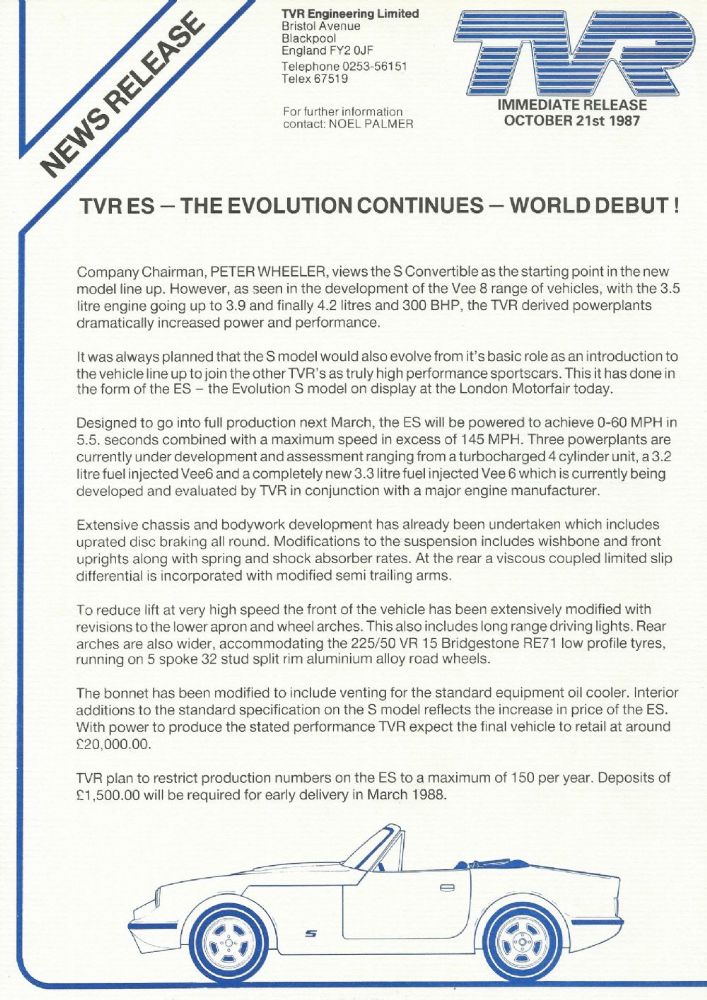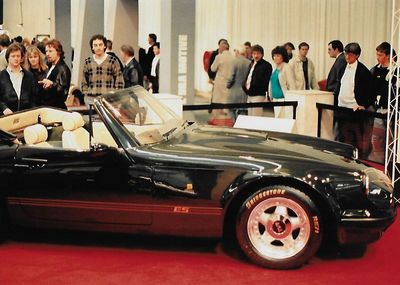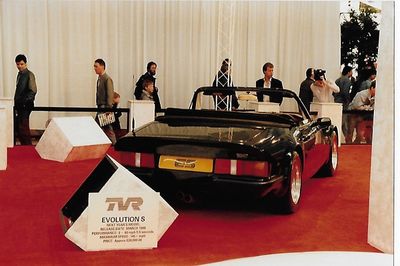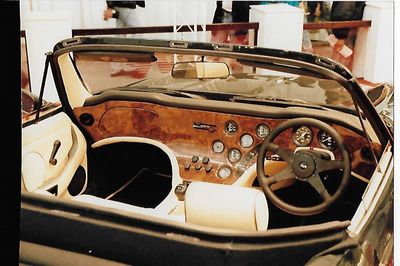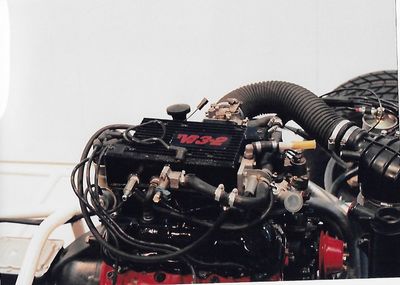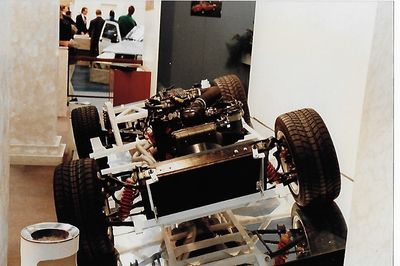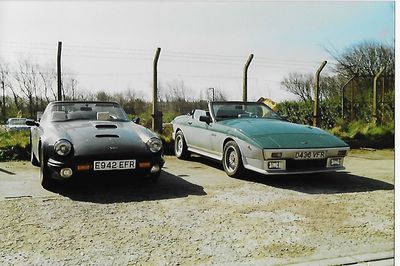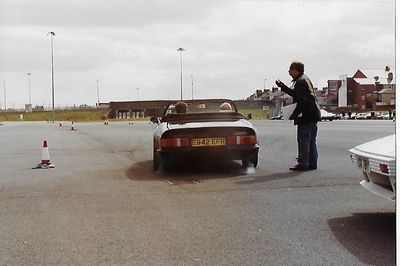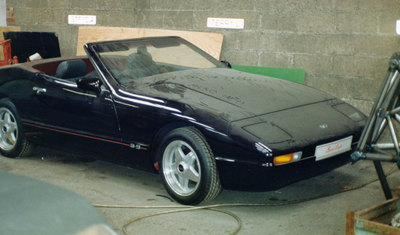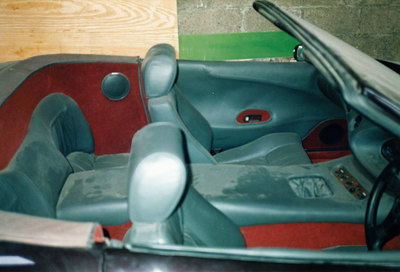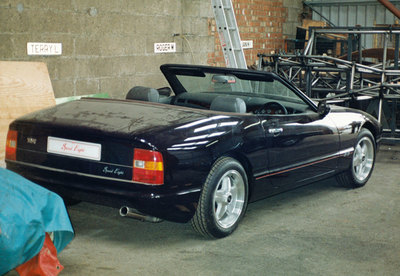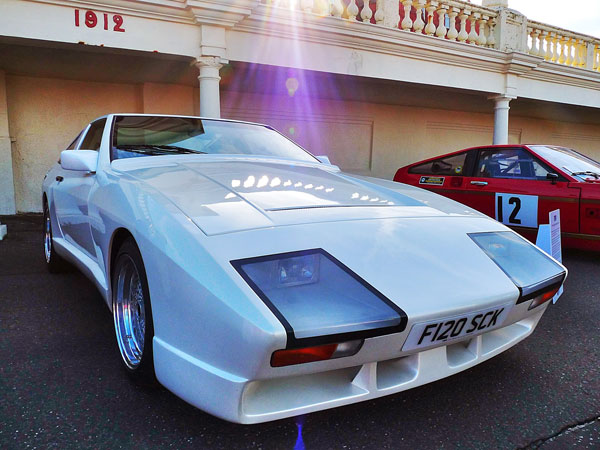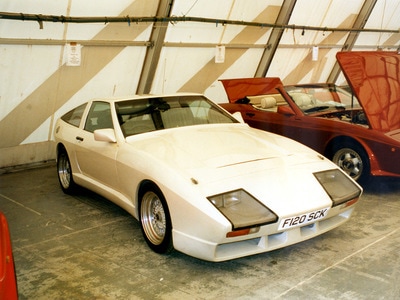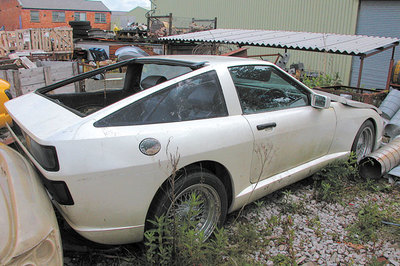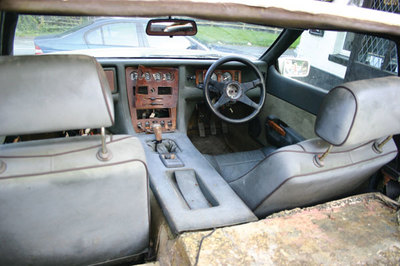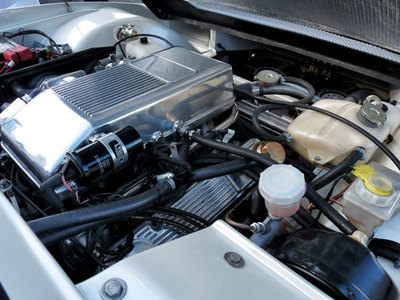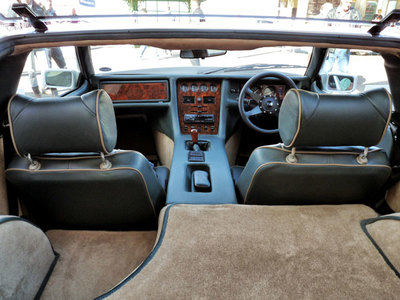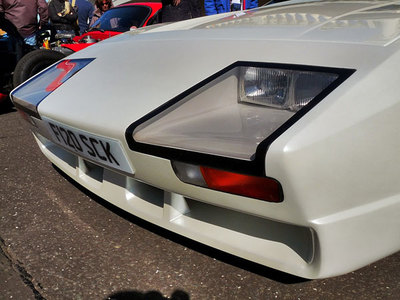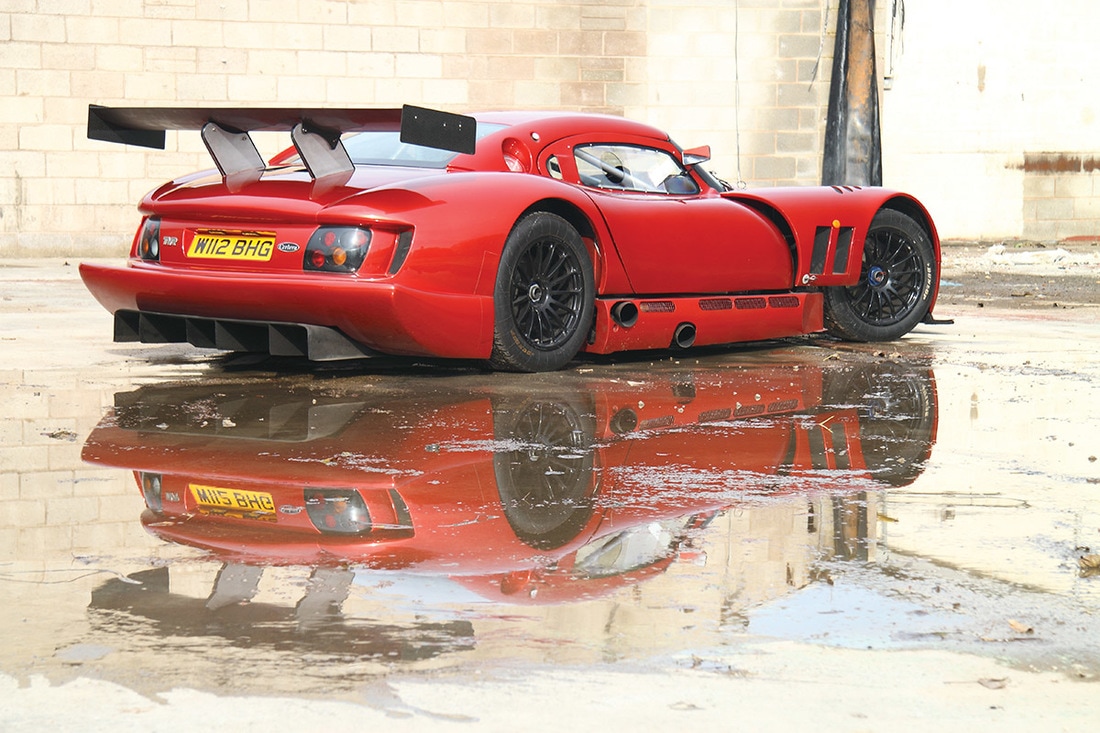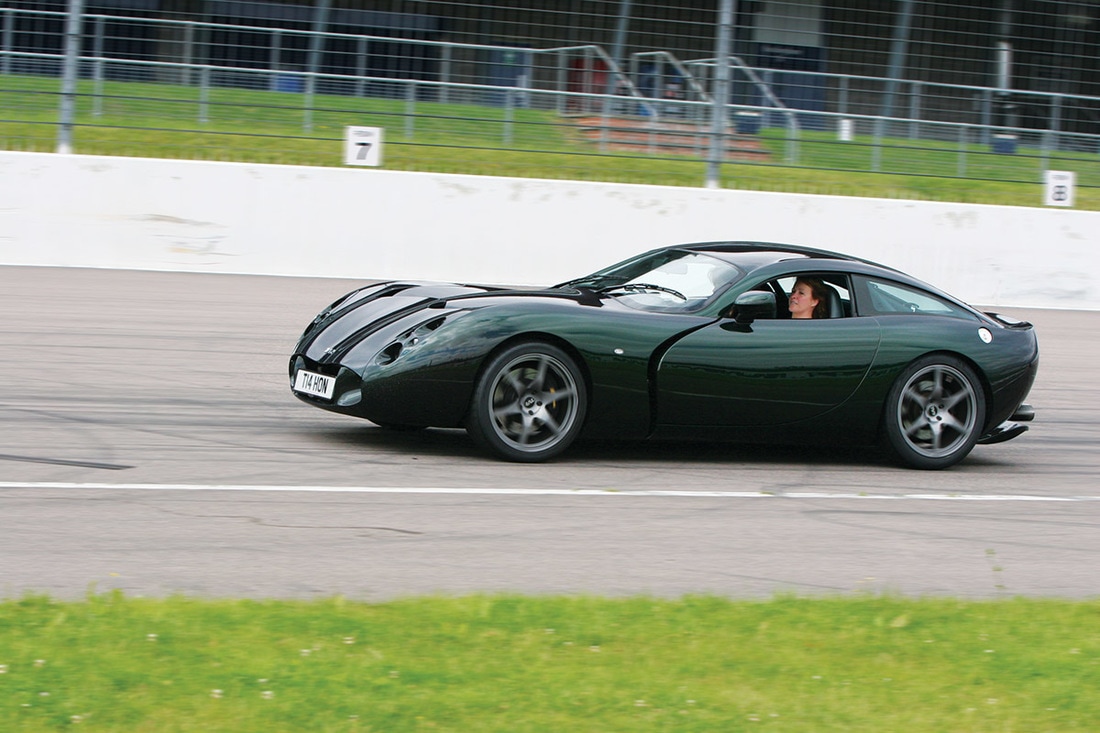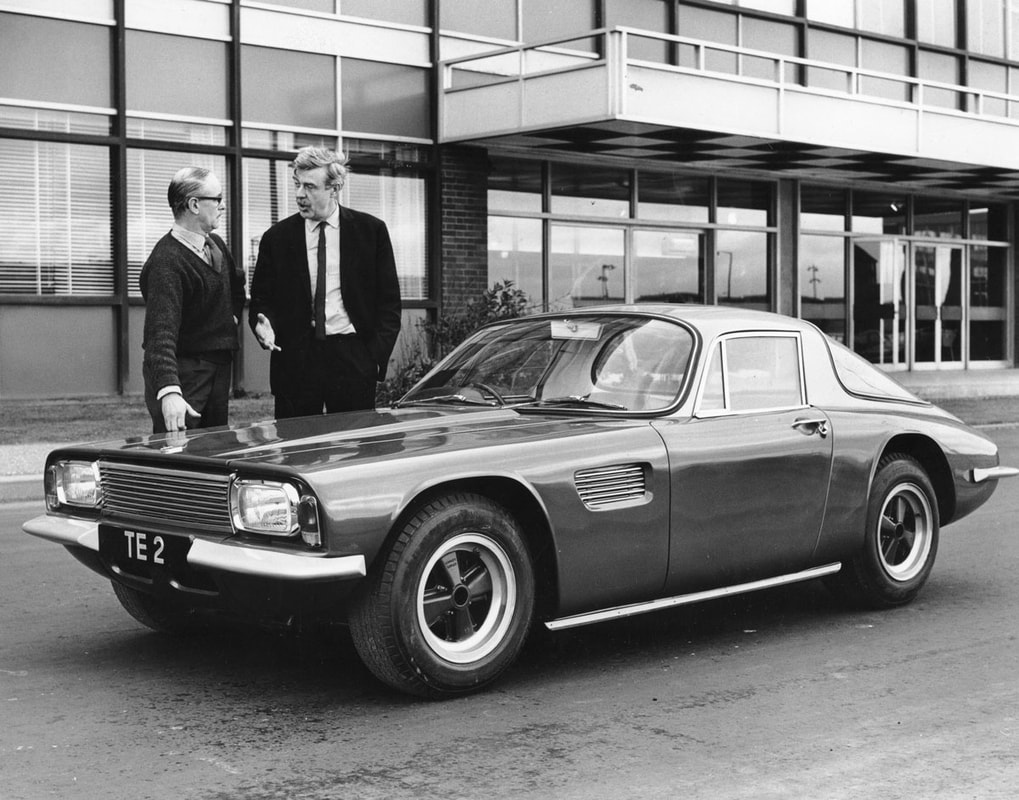HistoryArguably the very first TVRs; No1 and No2 were 'prototypes' or 'one offs', but throughout the following decades there have been some strange and wonderful creations produced by TVR to try and catch new buyers attention. Some remained one offs, many were cut up and disposed of, as this was the TVR way unfortunately, but some survived and a few were made in small numbers.
TVR Zante - 1971First shown at the 1971 Motor Show, the Zante car used a conventional TVR multi-tubular chassis mated to the Triumph 2500 straight six engine.
TVR Griffith Speed SixForerunner to the Tuscan. It essentially mated the new Speed 6 engine to the existing Griff chassis.
|
TVR Tina - 1966Based on floor pan and mechanicals from a Hillman Imp, the Tina had an all steel body and was first shown at the 1966 Motor Show.
TVR 420 Sports Saloon - 1986A proposed 1986 replacement for the 280 and 350+2s but the styling let it down.
Griffith AJP - 1994The Griffith AJP project was abandoned in 1993 although in 1994 a TVR V8 AJP engine was fitted to a Griffith 500 and became John Ravenscrofts car for a few months while he evaluated it. It may have been the fastest Griffith ever produced at Bristol Avenue.
|
TVR Trident - 1965
Designed by Trevor Frost (also known as Trevor Fiore) and first shown at the 1965 Geneva Motor Show, three Trident coupes and one convertible were built for TVR by Carrozzeria Fissore, where Trevor was working at the time, with steel bodies and aluminium bonnets. Fitted with a 4.7 litre Ford V8 it had a top speed of 134mph. Due to serious financial issues at TVR and the subsequent takeover by Martin Lilley, the project eventually ended up with Suffolk TVR dealer Bill Last who created the Trident Car Company and independently started to produce a range of slightly restyled cars with a GRP body on an Austin Healey 3000 chassis called Trident Clippers, Venturers and Tycoons. Approximately 130 were built in total before the company closed in 1977.
Tasmin Turbo
Possibly not the prettiest design ever, but straight lines were very popular in the '80s...!
Photos © Andy Hills www.myfavouritephotos.com
SX 350 (the supercharged wedge) - 1987
A supercharged version of the 350 produced by Barrow-in-Furness TVR dealer David Haughin, drag racer Dennis Priddle and Dreadnaught Garage in Callander in 1987. It was so fast that it caused concern with TVR and other TVR dealers, when it received better reviews than TVRs own 420SEAC, ultimately ending up with Haughins relinquishing their TVR dealership after only 11 cars were produced.
Photos © Andy Hills www.myfavouritephotos.com
TVR Evolution S (ES) - 1987
Shown at the 1987 motorshow the Evolution S or ES was designed to be the high performance version of the entry level TVR of the day the S1. A 0-60 mph time was quoted of 5.5 seconds and maximum speed of 145mph with a range of three engines: a 4 cylinder turbo, a 3.2 litre fuel injected V6 and brand new 3.3 litre fuel injected V6. Only one was made, and was believed lost, but has recently surfaced and is currently being rebuilt.
TVR Speed Eight - 1989
in 1989 a proposed rounding off of the wedge styling to replace the 400SE was launched at the London Motorfair. By 1990 it had become a full blown 4 seater convertible. It didn't prove as popular as the Griffith which was debuted alongside it, so never made it into production. On its return to the Blackpool factory it was scrapped.
Photos © Robert Grounds
|
The TVR factory brochure from 1990 quotes:
"The TVR Speed Eight is a first for TVR and also the automotive industry for many years. The Speed Eight is a 2+2 Convertible high performance production sportscar that is designed as such, rather than a converted sporting saloon. Like of which has not been seen since the early 70's. It will also be the first 2+2 convertible TVR have ever produced. The Speed Eight features a 4 seat, 2 door convertible bodylaid by hand in GRP, enclosing a jig formed polyester coated tubular space frame chassis. The fully independent suspension comprises unequal length wishbones at the front and double wishbone utilizing the drive shafts as the upper link at the rear, all sprung by coil over damper systems. |
The interior is hand tailored to a customers requirements in the colour of their choice including over 20 leather options. A further 30 paint colours are available including standard, metallic, mica and pearlescent finisheds. But should this be not enough TVR has over 10000 colours at their disposla, so even the most obsure colour request can be entertained.
Powering this rapid sportscar is a choice of two TVR Power all alloy V8 engines, one a 240bhp 3.9ltr the other 286bhp 4.3ltr, both capable of taking the Speed Eight to speeds , interms, most of us can only aspire to. All accomplished effortlessly and without fuss, but beneath the Speed Eights sleek exterior package provides handling to match its performance. Performance to be announced upon launch." |
TVR White Elephant - 1988
|
The TVR White Elephant is a one-off prototype built for Peter Wheeler, the Managing Director of TVR as his personal transport and as a vehicle for him to go shooting in. Registered in September 1988 the car was used on the road for just 2 years. Some of the White Elephant’s quirkier features include a countersunk dog basket behind the passenger seat to accommodate Peter’s gun dog Ned and a hidden compartment to the rear of the cabin which housed Peter’s shotguns, cartridges and pheasants.
The only TVR to be factory fitted with an Australian 5.0ltr V8 Holden Bathurst race engine, the VL SS Group A SV unit which was given to Peter Wheeler to evaluate by Tom Walkinsaw, the head of Holden Special Vehicles, delivers 380 lb ft of torque with 440 bhp. The engine is complimented by a HSV supplied US Spec’ Borg Warner T5 World Series gearbox. The engine is an experimental build, pre-prototype unit and one of only a dozen or so made. According to HSV, many of these experimental builds will have been tested to destruction or developed to the next level, making this possibly the only remaining and original VL SS Group A SV experimental build ‘Walky’ in existence. |
Built on a modified SEAC race chassis developed by Neill Anderson, the body was the first to be modelled by chief designer John Ravenscroft using spray-on expanding foam which when dry was cut to shape and over-coated with a layer of fibreglass. Due to the time saved using this new design method all TVR prototypes were subsequently modelled this way. The body also benefits from the nose taken from a previous prototype, the 420 Sports Saloon, making the White Elephant the first road legal TVR to feature a horizontally mounted radiator.
Very much a development car, the White Elephant is also the first TVR to have its rear number plate lit from inside the vehicle. Rescued from the ‘TVR Graveyard’ at the back of the factory where she had sat for many years, the White Elephant has undergone a 9 year nut and bolt restoration. A non-runner with the rear window missing, a tree growing out of the boot and mice nesting in the engine bay, this one-off prototype has now been restored to her former glory. |
TVR Speed 12 - 1997
The absolute ultimate TVR, originally designed as a concept for the worlds fastest production road car and the basis for a GT1 class endurance race car. See the Speed 12 page for details.
TVR TuscanR / Typhon /T400R /T440R - 2000
The fastest and most expensive TVR ever put into production, excluding the Speed 12 (shown further down the page), which technically never went into production as such, and the race car that took TVR back to Le Mans. See the Typhon page for more details
TVR Specials
Not really prototypes, but we need to put them somewhere...
The space frame chassis and fiberglass bodywork mean that engine transplants and new body styling can be more easily implemented than with a monocoque construction. Specials range from home brew efforts through light upgrades to the Mercedes/Cerbera used as a test mule for the SL cars.
3500M/GEM/Mongoose
Putting a bigger engine in to a smaller car has always been good way of getting more power into a car. Through the 60's the Shelby/AC Cobra showed the way to V8 power and the Griffith was born. Since then more V8s have been added to smaller TVRs with either the small block Ford or the Rover engine being a favourite. Gem and Mongoose (eats snakes - ie cobras!)
The space frame chassis and fiberglass bodywork mean that engine transplants and new body styling can be more easily implemented than with a monocoque construction. Specials range from home brew efforts through light upgrades to the Mercedes/Cerbera used as a test mule for the SL cars.
3500M/GEM/Mongoose
Putting a bigger engine in to a smaller car has always been good way of getting more power into a car. Through the 60's the Shelby/AC Cobra showed the way to V8 power and the Griffith was born. Since then more V8s have been added to smaller TVRs with either the small block Ford or the Rover engine being a favourite. Gem and Mongoose (eats snakes - ie cobras!)
350 based camera car
There is a famous camera car used by a number of the British based fim studios based on a 350 chassis with bodywork heavily reworked to attach a series of camera mounting points.
There is a famous camera car used by a number of the British based fim studios based on a 350 chassis with bodywork heavily reworked to attach a series of camera mounting points.
Photos, additions or changes to this page - did we get anything wrong or do you have anything we could add?
We would love to hear from you
We would love to hear from you


